This post may contain affiliate links. Please read our disclosure policy.
How to make a gluten free sourdough starter from scratch, step by step. Make it for love of the taste or for lack of commercial yeast. Get started today!
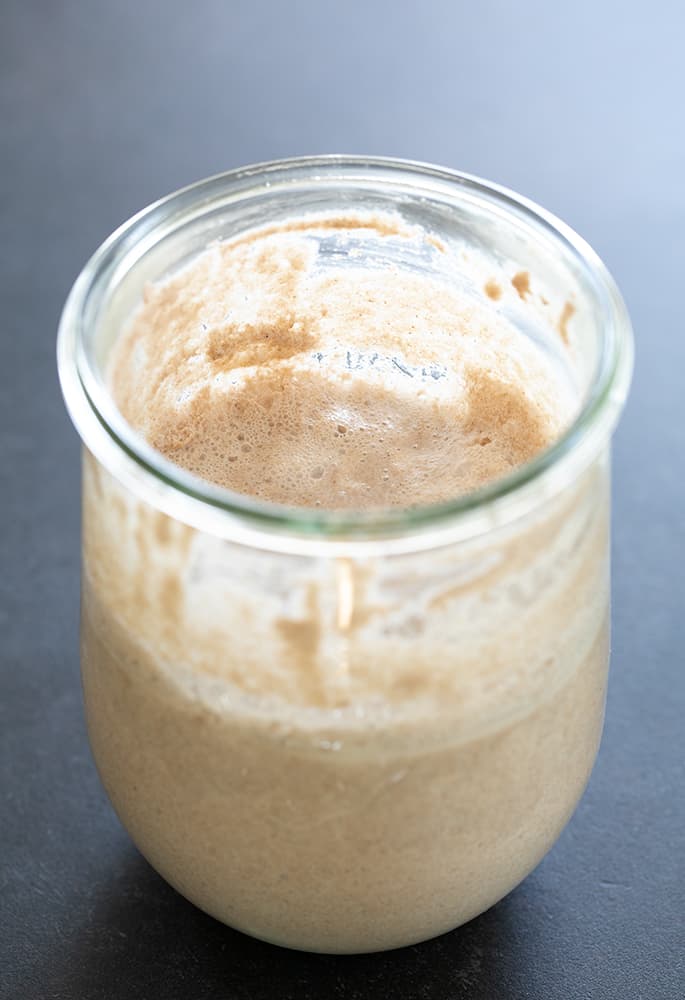
Why use wild yeast in this sourdough starter recipe?
Commercial yeast, like the instant yeast granules that we use in our gluten free bread recipe and many other gluten free bread recipes, is a single, isolated strain of yeast.
A pure “wild yeast” starter contains no commercial yeast at all. A wild yeast sourdough starter is great when you can't get your hands on commercial yeast because the cupboards are bare.
Once it's “active,” a sourdough starter can be used to create sourdough breads of all kinds. I have a whole chapter of pure sourdough breads in my bread book, GFOAS Bakes Bread.
Those recipes are more complex, and use more than just flour and water. They use my gluten free bread flour blend which contains some harder-to-source ingredients. This recipe is for a simple, liquid wild yeast gluten free sourdough starter, and the recipes are not interchangeable.
It does take time to cultivate, though, to allow the fermentation process to mature, so it's not a quick fix. At first, you must take action every 24 hours. Even after it's active, it must be maintained by being refreshed at least once a week. Otherwise, it may become inactive or over-active and spoiled.
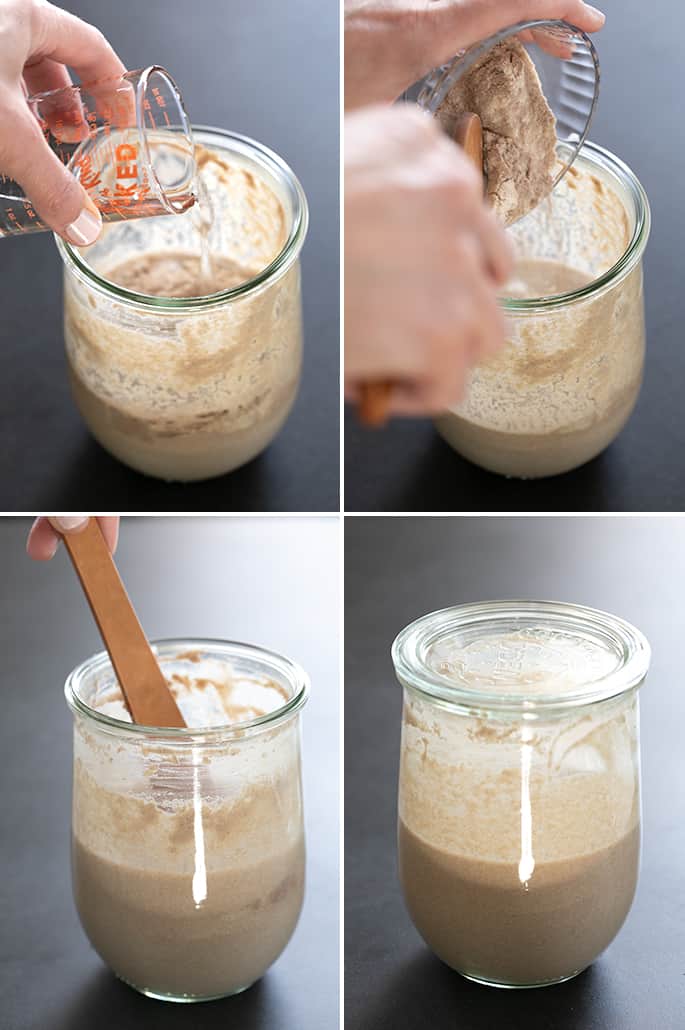
Tools and ingredients needed to make a gluten free sourdough starter
What gluten free flours should I use to make a gf sourdough starter?
I have always found it easiest to create a sourdough starter using a combination of sweet white sorghum flour and teff flour, and following it up with our gum-free gluten free flour blend. I have also successfully made a starter using other types of flours like brown rice flour, and I have read good things about using buckwheat flour.
What kind of water do I use for a sourdough starter?
You will need to use bottled filtered water or at least distilled water. Regular tap water contains chlorine which will kill yeast. Make sure that all of your tools that were washed with tap water are dried completely.
What is the right container and spoon for mixing and storing a sourdough starter?
You will also need a nonreactive container like a clean jar and spoon. Stainless steel is nonreactive, and it's really fine. In an abundance of caution, I tend to avoid all metal, especially before the starter is fully active, so a glass mason jar is great. But don't make yourself crazy.
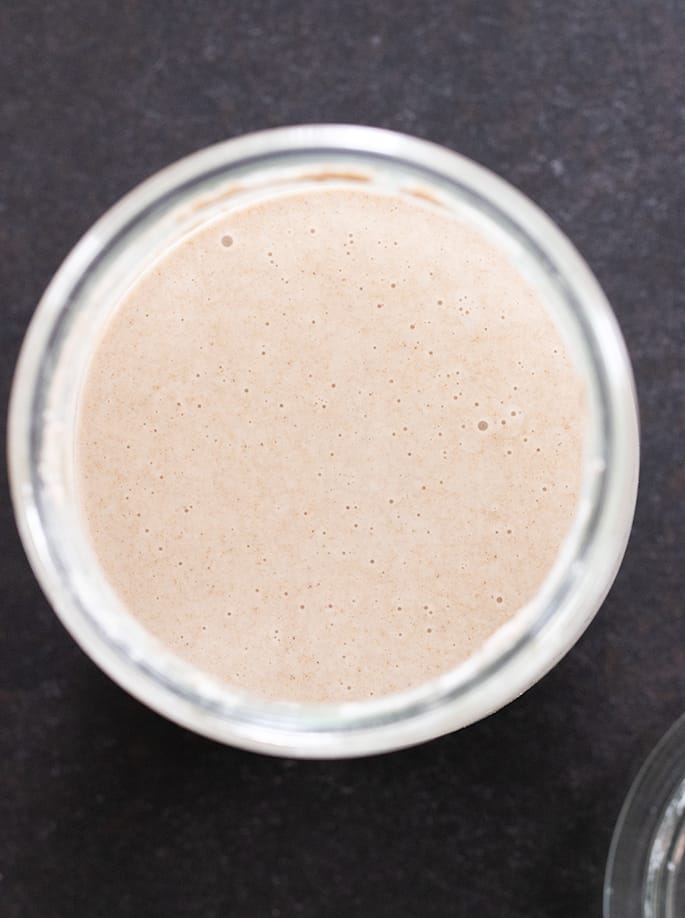
Troubleshooting your gluten free sourdough starter
My wild yeast gf starter hasn't become active at all
Yeast bread baking is an art as well as a science, and has a (sometimes very frustrating) learning curve. Creating a pure wild yeast sourdough starter is doubly so. The most important ingredient is patience
If you do have a bit of commercial yeast on hand, you can add a few grams to the mixture to give your starter a boost. Over time, the commercial yeast will be replaced by wild yeast.
If you're tempted to try to increase the ambient temperature surrounding your starter in an effort to help it grow, you can try lining a heating pad with multiple layers of towels and keeping it on low. Be careful, though, because all yeast will die at very high temperatures.
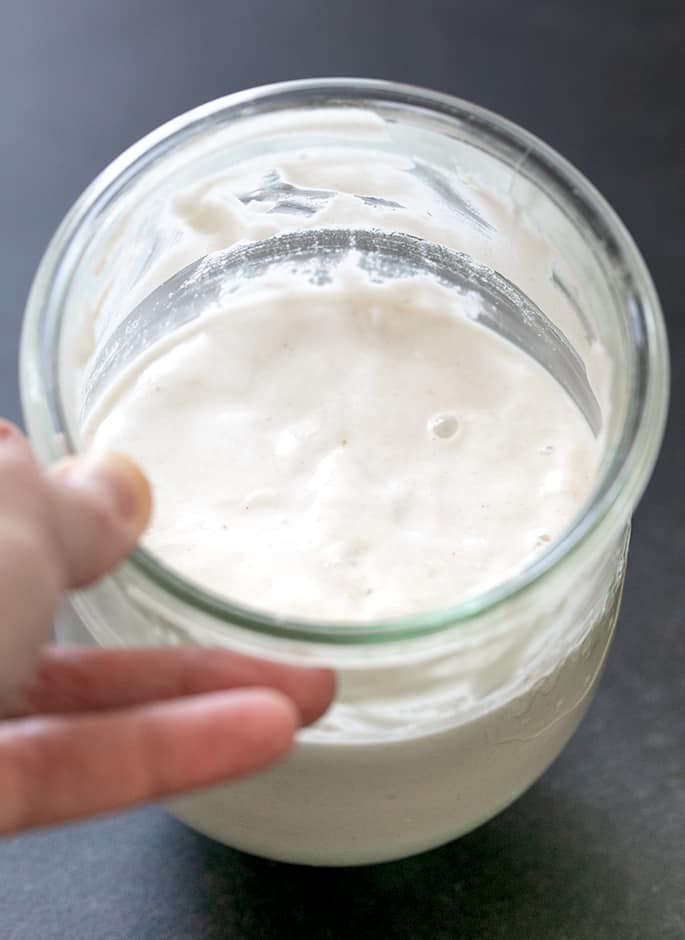
My wild yeast starter hasn't doubled
The doubling sometimes happens so quickly and can be so fragile with this type of simple wild yeast gluten free starter that I couldn't even manage to get a photo of it as doubled.
If you assume it must have doubled because it's so active, try noticing whether there is any residue on the jar above the top of mixture that looks like it could have been left from a risen starter level. You can see in the photo above that there's a “rise line” that is above a cleaner section of the jar.
It also might be worth proceeding with a small-yield recipe. It depends upon whether or not you're willing to risk wasting some ingredients. You can also make crackers if the mixture doesn't rise!
I think my gf sourdough starter has gone bad
Remember, this is essentially a controlled rot of ingredients using available wild yeast. Don't take chances with your health.
If you see something in your starter at any point that has a color you don't recognize, or the odor is at all disturbing and different, please discard it and begin again.
I forgot to feed or refresh my sourdough starter
Honestly, it's probably just fine. Don't listen to anyone who tells you that you have to feed your starter every single day, or that you have to start over again if you miss a step.
If you suspect that something has gone wrong, start again if you can. You don't want to throw good money after bad.
There's a strange liquid on top of my wild yeast sourdough starter
It's called “hooch” and you can stir it back in, then discard and feed or just feed, depending upon which step of the process you're completing. I prefer to drain off the liquid because it makes for a more sour starter, and my family doesn't love that.
How can I use this gluten free sourdough starter in baking?
The most common use of a sourdough starter is sourdough bread. Here is a link to our recipe for gluten free sourdough bread, which you will use to make yeast bread without any sort of commercial yeast.
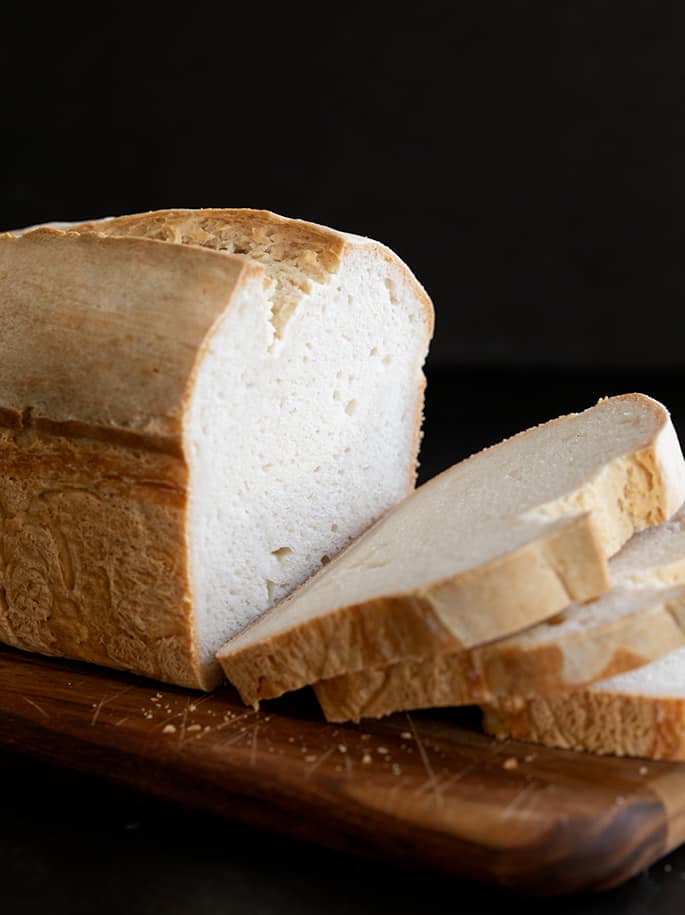
FAQs
The process of making a sourdough starter is unlike almost anything else you'll probably ever do in your kitchen. Here are answers to some of the most common questions about this whole process. Once you understand it, the steps become much more intuitive.
A wild yeast sourdough starter, gluten free or otherwise, is a combination of flour and non-chlorinated water that is combined to creative an environment conducive to the growth of the naturally occurring yeast that is all around us and in gluten free flours.
It's essentially a controlled rot, like kombucha, but if you think of it like that, you may not ever want to make it so let's move on. When yours is good and active, as described in the recipe card below, you'll be ready to bake fresh gluten free sourdough bread with it!
No! They're not. If a sourdough starter was made with gluten-containing flours, it contains gluten and should be avoided if you are on a gluten free diet. Period.
The wild yeast does not remove the gluten from gluten-containing flours. Please consider the source if anyone tells you otherwise.
“Feeding” a starter is another way of saying “refreshing” a starter. Once a starter is “mature,” meaning that it's already active and established, it must be fed by removing some of the mature starter and adding more of the “food,” in the form of water and flour, that make the starter most active and ready to use for baking.
As the yeast in your mature starter rests in your refrigerator, it consumes these building blocks. To keep it alive and active, a wild yeast starter must be fed regularly. It also must be fed soon before baking with it, so it's at its most active.
The best whole grain flours for a gluten free wild yeast starter are: A combination of sweet white sorghum flour & teff flour; brown rice flour; buckwheat flour. You can use these in whatever combination you like, but each element should be present to make it easiest to grow wild yeast.
Gluten Free Sourdough Starter Recipe
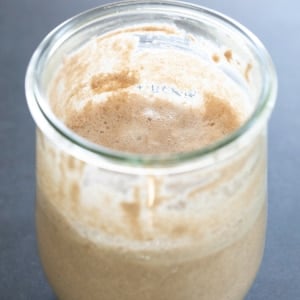
Equipment
- Glass jar or ceramic (must be nonreactive; no metal)
- Nonreactive spoon made of wood or silicone (must be nonreactive; no metal)
Ingredients
To Create The Starter: per day, for 5 to 7 days
- 1 cup (120 g) whole grain gluten free flour, (See Recipe Notes for info about selecting flours)
- 1 cup (8 fluid ounces) spring water or distilled water, at room temperature
To Refresh The Starter: once per week, indefinitely, and before/after using
- ½ cup (70 g) gum-free gluten free flour, (See Recipe Notes)
- ½ cup spring water or distilled water, at room temperature
Instructions
Creating the starter: Morning of Day One: Beginning.
- In a nonreactive container like a glass or ceramic jar, place 1/2 cup (about 60 grams) whole grain gluten free flour(s) and 1/2 cup (4 fluid ounces) spring or distilled water.
- Using a nonreactive mixing spoon (like a wooden or silicone spoon), mix to combine well.
- Cover the container loosely, and allow to sit on the counter at room temperature for 8 to 12 hours.
Creating the starter: Evening of Day 1: Building.
- Remove the cover of the container, and add another 1/2 cup (about 60 grams) whole grain gluten free flour(s) and 1/2 cup (4 fluid ounces) spring or distilled water.
- Using a nonreactive mixing spoon (like a wooden or silicone spoon), mix to combine well.
- Cover the container loosely, and allow to sit on the counter at room temperature for 8 to 12 hours.
Creating the starter: Morning of Day 2: Building.
- Remove the cover of the container, and add another 1/2 cup (about 60 grams) whole grain gluten free flour(s) and 1/2 cup (4 fluid ounces) spring or distilled water.
- Using a nonreactive mixing spoon (like a wooden or silicone spoon), mix to combine well.
- Cover the container loosely, and allow to sit on the counter at room temperature for 8 to 12 hours.
Creating the starter: Evening of Day 2: Building.
- Remove the cover of the container, and add another 1/2 cup (about 60 grams) whole grain gluten free flour(s) and 1/2 cup (4 fluid ounces) spring or distilled water.
- Using a nonreactive mixing spoon (like a wooden or silicone spoon), mix to combine well.
- Cover the container loosely, and allow to sit on the counter at room temperature for 8 to 12 hours.
Creating the starter: Morning and Evening of Days 3 through 7 and beyond: Building and/or Discarding/Building:
- Remove the cover of the container, and inspect the contents by tapping the jar on the counter to see if bubbles begin to break the surface of the mixture, and smelling it to see if it has any sour odor at all.
- If it does bubble and have an odor, discard any relatively clear liquid that has accumulated on top (called “hooch”) + about 1/3 of the volume.
- Then feed it: Add another 1/2 cup (about 70 grams) gum-free gluten free flour and 1/2 cup (4 fluid ounces) spring or distilled water.
- Using a nonreactive mixing spoon (like a wooden or silicone spoon), mix to combine well.
- If it doesn’t bubble and have an odor, do not discard but feed with 1/2 cup whole grain flour and 1/2 cup water as directed above.
- Cover the container loosely, and allow to sit on the counter at room temperature for 8 to 12 hours.
When is the starter ready to use?
- The starter is ready to use once it has ever doubled in size, and you have been feeding and discarding for at least one whole day.
- The doubling is easily disturbed, though, and typically won’t last for very long. It just has to have occurred for you to confidently use it in a bread-baking recipe.
- Before using the starter, you should have "fed" or refreshed it within approximately the previous 12 hours.
- After using the properly fed starter, refresh it (see the next step for instructions), allow it to sit covered on the counter for about 12 hours, and then refrigerate it until it’s ready to be refreshed or used.
Refreshing (feeding) your active/mature starter.
- An active starter can be used for baking, then refreshed and stored, covered, in your refrigerator for about a week.
- After about a week, you should refresh it. Here's how you do that.
- Refresh your mature starter by removing it from the refrigerator and discarding about 1/3 of the volume (including any clear liquid or hooch from the top).
- Next, add 1/2 cup (70 grams) gum-free gluten free flour and 1/2 cup (4 fluid ounces) spring water or distilled water. Mix with a nonreactive spoon.
- Cover the starter and allow it to sit on the counter for about 12 hours before returning it to the refrigerator.
- Repeat the process every week for the life of the starter.
Video
Notes
Nutrition information is automatically calculated, so should only be used as an approximation.

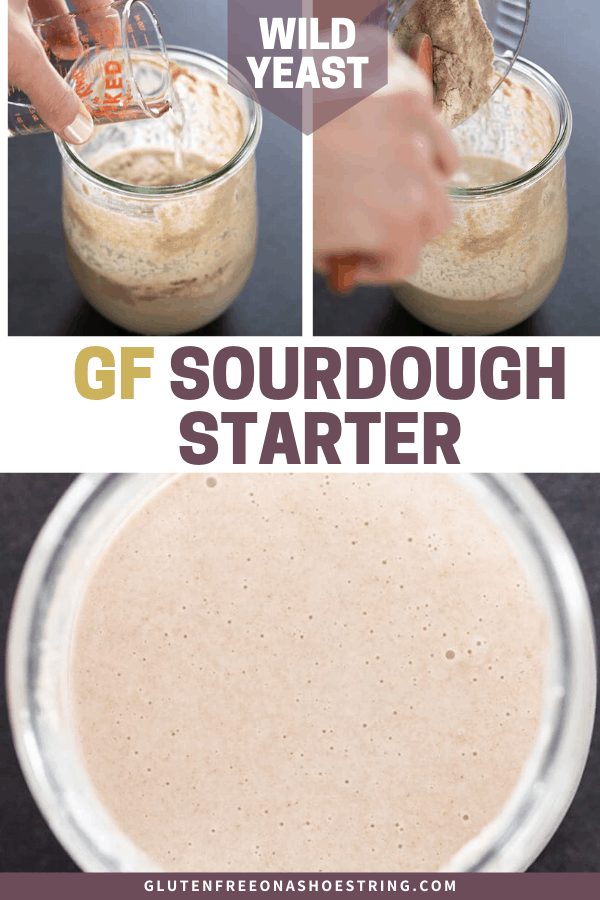
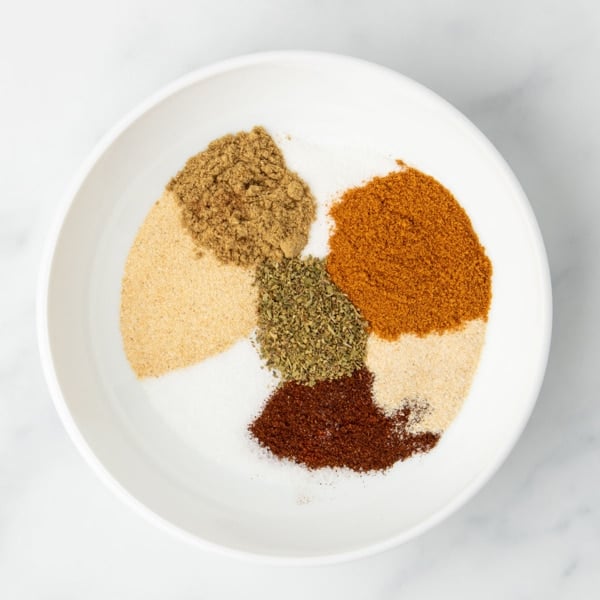
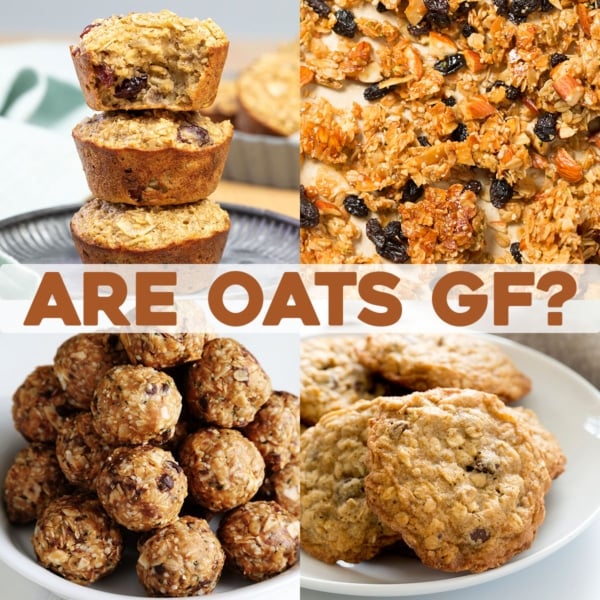
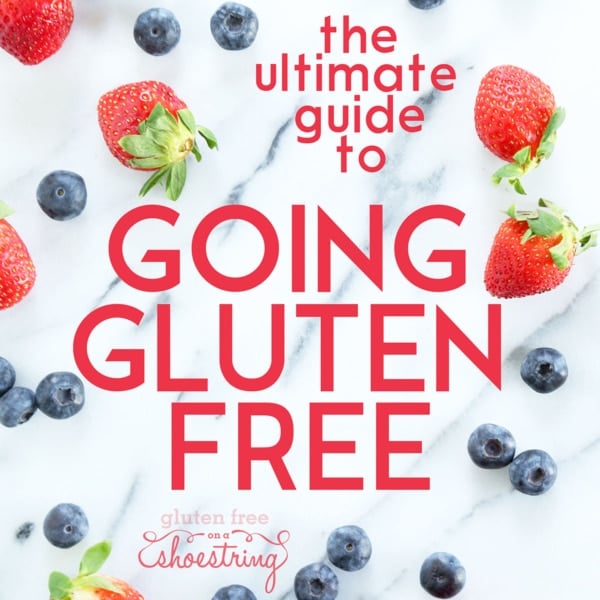
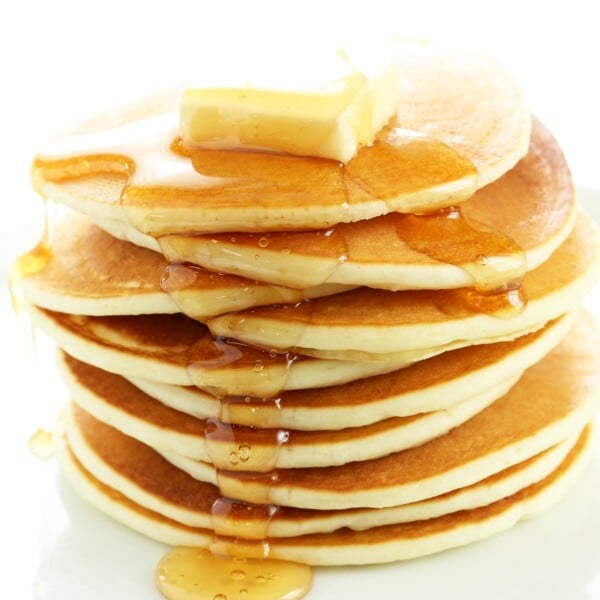









The timing! I just cut into my first loaf of sourdough bread this morning, after nursing a starter for 7 days. It wasn’t your process, it was another GF one I found. My bread, while it looked nice on the outside, very brown crust, was very dense, and moist/wet inside . So I’m going to start all over with yours, and hope for success. I was wondering though, your loaf of bread looks all white bready, whereas mine, even though it was made with ‘white flours’ ; sorghum, amaranth, arrowroot starch a bit of almond flour came out the colour of light rye. Do you know why that would be? Also the hooch in my starter typically was at the bottom of the jar, not the top , is that an indicator of a problem?
Hi, Veronika, I’m afraid I really can’t offer any help with someone else’s recipe. There are so many things that affect recipe success, and even when it’s my recipe it’s very difficult to know where someone went wrong. I’d approach the author of that recipe with your questions.
This has been fun to take on. Thank you for all of the effort and love you put into the website and your peeps. I have a quick question…my starter is 4 days old and is strong…very sour smelling (like seriously ) and it’s doubled every day in size. Should I start refrigerating it early, as in now? It’s quite unpleasant to walk into the kitchen right now!
Hi, Tina, so glad you’re having fun! I think I remember seeing you on Instagram? I’ve been posting a thing or two there the last couple days. Have you poured off the hooch each time? It sounds very active, and I don’t see any reason not to begin refrigerating it. I’ve just posted the recipe for the sourdough bread, so if it’s fed and ready and you’re looking to bake bread with it, maybe discard and feed (pouring off any hooch), and use it tomorrow morning in the bread recipe. Then cover well and refrigerate.
I can’t wait to try this recipe, however…The Starter recipe calls for a ‘combination of Whole Grain Flours’. What combination percentage of each flour is recommended?
Hi, Jeanne, I usually begin with about half teff flour, half sweet white sorghum flour to get things going. Since there are so many environmental factors that also influence the timing of starter growth, it’s not really worth my prescribing an exact percentage of each—particularly right now as the purpose of this starter is to allow everyone to make the best of what they have on hand.
I really want to make this ?
My son is allergic to gluten, rice and oats ?
Any thoughts of I could do this with a rice free blend? The bobs red mill all purpose is rice free but tastes like metal ha
I’m afraid an allergy to rice means that none of my recipes will work, except for anything flourless or anything that’s Paleo, Sophie. Try those recipe categories. Any bread recipes I make with this starter will call for a rice flour blend.
Hi Nicole,
Thank you so much for making the instructions on how to create a GF starter so simple. I have been trying to get this going following technical and difficult to understand recipes. I notice alot of people create other recipes using the discard, is this something that you will delve into?
Stay well, best wishes to your family from Lisa in Australia.
Hi, Lisa, If you’re not baking very often, you won’t be discarding and feeding it every day, so you won’t have as much discard. You can make a really quick and easy flatbread with the discard. I may share how to do that at some point!
Hi Nicole – I jumped on the bandwagon of sourdough a bit earlier and have used mine for a few things. Already. I am ready to store in the refrigerator. Do I cover it with the jar lid or keep a tea towel on it?
Cover it with the lid, Cathy.
Nicole,
Your personal words made me cry for the first time in this time of uncertainy. Thank you for sharing. The experience of surviving is great for all of us to hear! I am raising my starter and loving having a project to work on. Can’t wait to see how it turns out. For years I made all our bread, but that was a long time ago. Been GF for 6 years now and love sourdough so we’ll see!
Again thanks for the personal words. Hoping for the best for your family.
Aw, thank you, Sue. I think they were tears of solidarity and I think that’s healthy for all of us, so I’ll resist the urge to apologize for making you cry. My purpose in everything I write, from the very beginning, has always been to offer comfort and connection. It’s very gratifying that my personal note in the subscriber emails hit the mark.
All the best to you and your family in these strange settings. Stay safe. Question: If you use buckwheat flour in the starter, would you use the same flour in the recipe (when we get the recipe next week) or could you use all purpose gf flour? Thank you for the great recipes.
Hi, Alice, Thank you for the kind words. We can all use as many kind words and well wishes as possible right now!
The recipe this week will call for an all purpose gluten free flour, like Better Batter. Only the starter is made with a whole grain gluten free flour like buckwheat. I hope that’s helpful!
Starting mine now. Can’t Wait.
Hi Nicole, Do you have a simple bread recipe to use this starter in? Also, wondering if you know whether someone with a slight yeast sensitivity should assume a sensitivity to wild yeasts too. Thanks, Julie
Hi, Julie,
I discuss in the post that the bread recipe is coming! I’m afraid I’m not qualified to speak to your question about yeast sensitivity.